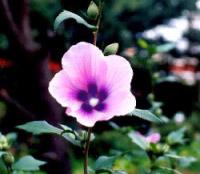Our Mission
- Bring together all patients with medullary thyroid carcinoma with expert health care providers in the field.
- Utilize the resources of the NIH to bridge shortcomings in basic and clinical research.
- Provide storage of tumor samples, that then can be accessed by researchers throughout the world.
- Disseminate new information in the field of pediatric and adult medullary thyroid carcinoma.
- Develop innovative treatment protocols.
- Help foster collaboration between patient advocacy groups, basic researchers, and clinicians dedicated to improving outcomes for individuals with MEN2.
It is our commitment to describe complicated issues in language that is clear, precise, but most importantly, simple, so that any adult or adolescent can readily understand every page of this website. We realize that the difficulty of reading scientific articles is similar to that of reading in a foreign language. The lack of familiarity with medical and scientific terms sometimes makes simple concepts extremely difficult. Dissemination of scientific information will always remain our top priority, but presenting it in understandable language will also be one of our main concerns.
Rationale for the Clinic
Take a look at the flower shown on the right. If we asked you to describe this flower, many of you would give eloquent descriptions. But there is something different about this flower. Please take a closer look and try to describe this difference. With the exception of botany specialists, it is unlikely that anyone would recognize the subtle difference.


